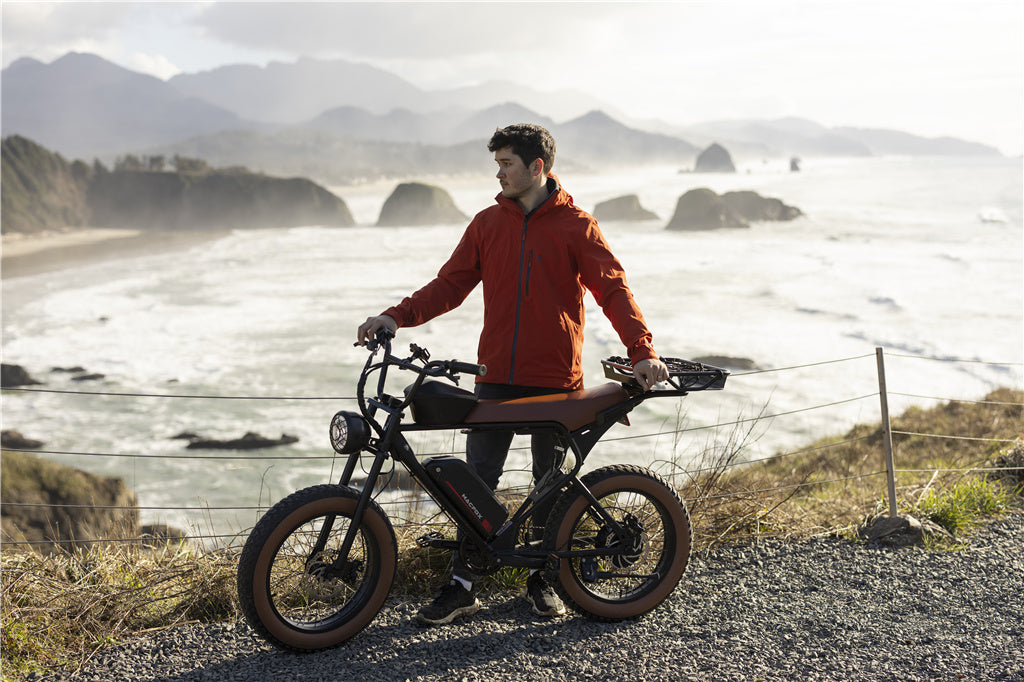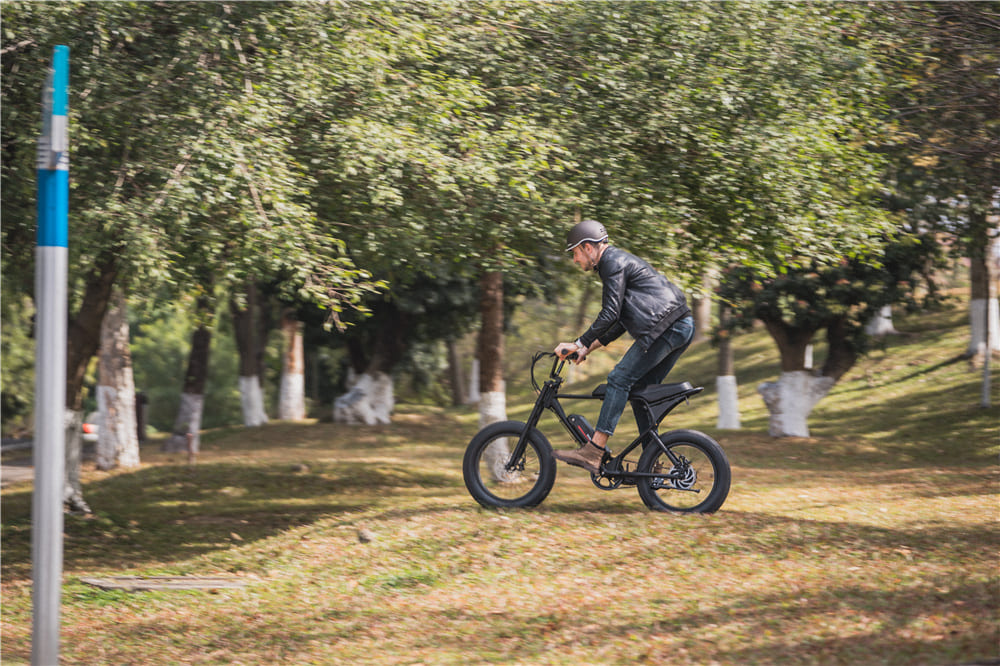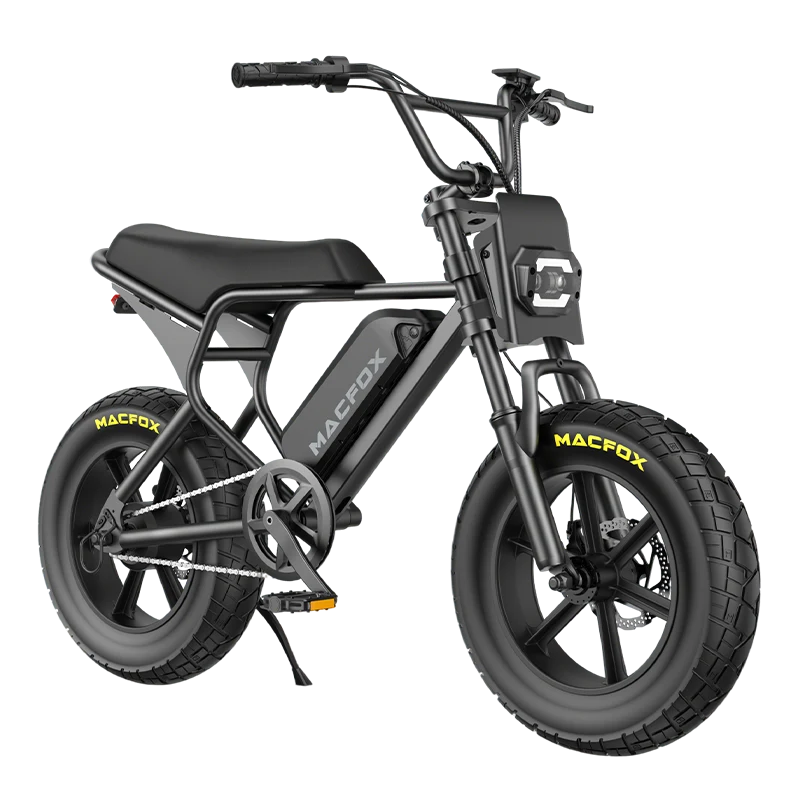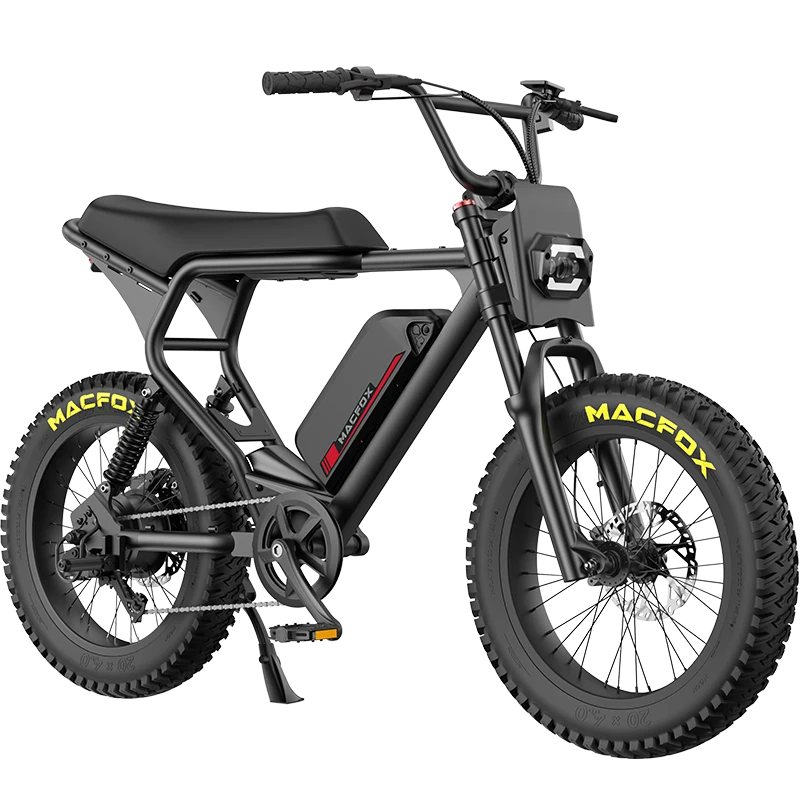In the fast-evolving landscape of electric bikes, the 750-watt (W) e-bike stands out as an impressive blend of power, performance, and convenience. But what exactly does "750 watts" imply in the context of e-bikes, and how does it affect your riding experience? This thorough overview dives into the heart of 750W electric bicycles, exploring their capabilities, contrasting them with various other power degrees, and analyzing their benefits and obstacles. Whether you're considering an upgrade or venturing into the globe of e-bikes for the first time, understanding these elements is vital.
Electric Bike Wattage Explained

Understanding electric bike electrical power is critical to picking the right e-bike for your demands. Electric bikes' wattage refers to the motor's power result, which dramatically affects the bike's rate, acceleration, and capacity to climb hills. The wattage of an e-bike motor can vary from as much as 250 watts to over 1000 watts for high-powered designs.
A 750-watt motor easily fits in the middle-high range of this range, offering a powerful mix of rate and torque. This power level is specifically popular amongst e-bike enthusiasts searching for an equilibrium between efficiency and legality. In numerous locations, e-bikes are classified based on their electric motor's power output, which can affect where and how you can ride them.
A greater power level electric motor can generate even more power, which translates to faster velocity and a higher capacity to take on steep slopes. However, it's not almost the power. The effectiveness of the motor, the weight of the bike, and the kind of terrain you're riding on likewise play essential roles in the bike's overall efficiency. A 750W e-bike strikes a balance, offering adequate power for many recreational and commuting needs without venturing into the region of specialized, high-powered electrical bikes that may call for a license to operate in some jurisdictions.
How Fast and How Far?
The rate and variety of a 750-watt electric bike can vary widely based on several variables, including the bike's layout, the rider's weight, the surface, and whether the bike is being used with a pedal-assist or throttle setting.
Rate: On level terrain, a 750W e-bike can usually reach top speeds of up to 28 miles per hour (mph) when using the throttle alone, making it dramatically faster than lower-powered e-bikes. When using pedal aid, the biker's initiative can push the bike beyond this limitation, though such rates may not be lawful in all territories. It's essential to check neighborhood laws to understand the rate limitations for electric bikes on public roadways and trails.
Range: The variety of a 750W electric bike is affected by the battery ability (gauged in watt-hours, Wh), riding conditions, and the level of pedal assistance made use of. Typically, you can anticipate between 25 to 50 miles on a solitary fee. However, this can expand as much as 70 miles or even more when using lower levels of pedal assist and riding in ideal problems. Alternatively, constant use of high-power setups and riding under challenging problems, such as steep slopes or versus solid winds, will certainly lower the general variety.
Riders wanting to optimize their e-bike's variety must consider models with high-capacity batteries, effective electric motors, and variable pedal aid degrees. Likewise, the real range will certainly differ from experience to ride, as real-world conditions commonly vary from the regulated environments used for range testing.
Climbing Hills and Mountains
Numerous prospective e-bike proprietors are concerned about a 750-watt electric bike's ability to climb hillsides and mountains. The motor's power output directly affects its hill-climbing abilities. A 750W electric motor supplies robust torque, which is vital for starting on an incline and preserving stable rates uphill.
The torque, measured in Newton meters (Nm), propels the bike forward and establishes its ability to take on steep slopes. The majority of 750W electric bikes are equipped with motors that offer ample torque for rising hills, making them suitable for a variety of terrains, including hilly areas. This power degree is specifically beneficial for riders who live in sloping areas or those who appreciate off-road journeys where elevation modifications are common.
Nevertheless, the bike's efficiency on steep climbs up will also rely on various other aspects, such as the motorcyclist's weight, the pitch of the hill, and the bike's tailoring system. Electric bikes with a 750W motor frequently include gear systems that are maximized for various problems, including steep climbs. Furthermore, pedal aid plays a vital duty in climbing up efficiency. Integrating electric motor power with the biker's pedal power allows these bikes to ascend hills better than non-electric and lower-powered e-bikes.
Related Reading: How To Learn To Ride An Ebike
Is 750 Watts "Enough"?
When considering the competence of 750 watts for an electric bike, it is necessary to assess the rider's needs, preferences, and normal riding problems. For numerous bikers, a 750-watt motor strikes the ideal balance between power, rate, and range, offering a versatile riding experience appropriate for both metropolitan and off-road journeys.
For cyclists mainly using their e-bikes on flat city streets, 750 watts might supply even more power than necessary, potentially resulting in much faster battery consumption. Nevertheless, for those encountering different surfaces, including hillsides and harsh routes, the added power can significantly boost the riding experience by supplying the required increase to tackle such obstacles easily.
In addition, 750W e-bikes provide a middle ground regarding rate and lawful compliance. They can reach higher speeds than lower-powered versions, yet they typically continue to be within the legal limitations for electric bicycles in many regions, avoiding the need for a license or enrollment for the most part.
Pros and Cons
Pros:
- Versatility for both metropolitan and off-road usage
- Enough power for the majority of hillsides and slopes
- Greater speed capabilities while remaining within legal limits for e-bikes
- Normally provides a great balance between range and performance
Cons:
- Much heavier and possibly more expensive than lower-powered choices
- It may need even more upkeep because of enhanced endure parts
- The raised power can cause quicker battery exhaustion otherwise managed well
Contrasting 750W to 1000W E-Bikes
When picking between a 750W and a 1000W electric bike, bikers essentially contrast 2 degrees of power output that accommodate various needs and preferences. Here's a detailed take look at how these two compare to each other:
Power and Efficiency: The most apparent distinction remains in their power output. A 1000W electric motor uses even more power than a 750W motor, equating to better velocity and the capability to easily tackle steeper hills. This makes 1000W e-bikes specifically attractive to those looking for an e-bike that can take care of nearly any terrain or require the added power for hauling trailers or bringing heavy loads.
Speed: Regarding top speed, 1000W e-bikes usually provide greater rates than 750W designs. While a 750W e-bike can conveniently reach speeds up to 28 mph, a 1000W bike can press this border additionally. However, it's essential to consider that greater rates may not always be practical or lawful in specific areas. Numerous areas have specific laws about the maximum speed and power output for electric bikes, with 1000W versions potentially falling under various lawful groups that may require licensing, registration, and the use of helmets.
Variety and Battery Life: Higher power output features raised energy consumption. A 1000W e-bike, specifically when often ridden at high power settings, will commonly have a much shorter variety than a 750W bike because of the higher battery need. This indicates cyclists might require regular billing or purchasing bigger, larger batteries to attain a similar array, affecting the bike's weight and handling.
Ride Experience: The trip experience differs substantially between both, with 750W e-bikes balancing power and simplicity of usage, making them suitable for both novices and knowledgeable riders. On the other hand, 1000W e-bikes, with their higher torque and velocity, can provide a more thrilling experience but could require even more ability to manage properly, especially in jampacked metropolitan settings or on unsafe surfaces.
Legitimacy and Accessibility: Perhaps the most important consideration is the legal status of 750W and 1000W e-bikes. In many places, 750W e-bikes fall within the lawful interpretation of an electric bicycle, permitting them to be ridden on bike courses and in areas where standard bikes are permitted. On the other hand, 1000W bikes may be classified similarly to mopeds or little motorbikes, subject to different regulations regarding where they can be ridden, the demand for insurance coverage, and age restrictions.
Expense: Generally, 1000W e-bikes are much more costly than their 750W equivalents. The higher expense is not simply for the electric motor but also for the improved components needed to handle the extra power, such as more powerful brakes, more durable frameworks, and larger batteries.

Final thought
The 750-watt electric bike uses a compelling mix of rate, power, and convenience, appropriate for many cyclists and surfaces. Whether it's everyday traveling, leisurely adventures, or off-road adventures, a 750W e-bike provides a durable efficiency that can satisfy the demands of most bikers. By understanding the capabilities, benefits, and possible disadvantages of these powerful devices, you can make an informed decision that aligns with your riding choices and lifestyle. Delighted riding!
FAQs
What is the top speed of a 750W electric bike?
A 750W electric bike can typically reach top speeds of up to 28 miles per hour (mph) when using the throttle mode, depending on factors like the rider's weight and terrain.
How far can a 750W electric bike go on a single charge?
The range of a 750W electric bike can vary, but on average, you can expect between 25 to 50 miles on a single charge. This can extend further with lower levels of pedal assist and optimal riding conditions.
Are 750W electric bikes legal everywhere?
Legality varies by region, but in many places, 750W electric bikes fall within the legal definition of electric bicycles, allowing them to be used on bike paths and in areas where traditional bicycles are permitted without needing a license or registration. Always check local regulations to be sure.


















